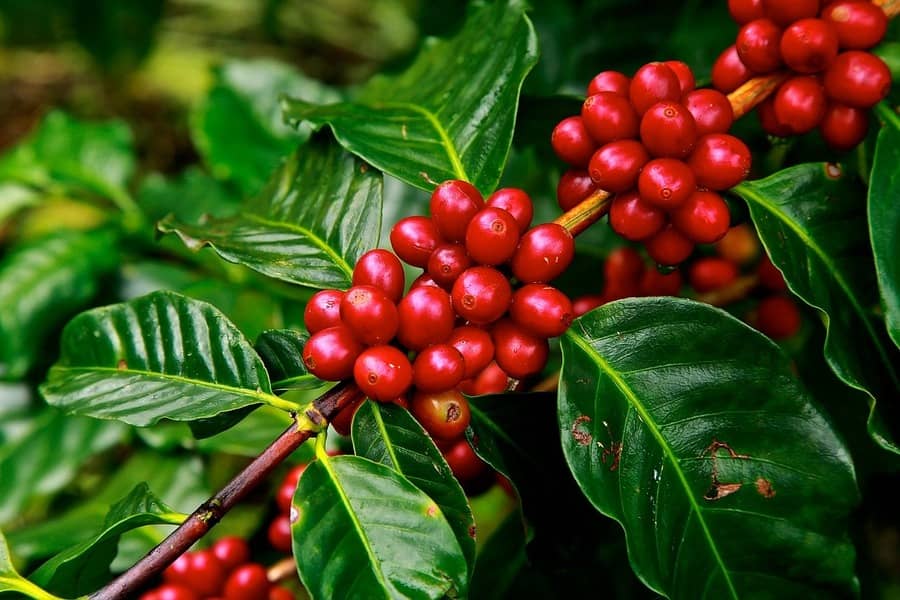Good cup from the south of Minas, which had reached BRL 1,310 with the climatic stress, is currently indicated between BRL 1,260 and 1,300 a bag. Rio coffee in the Matas de Minas region had a lower fluctuation due to the cold, rising to BRL 1,140 and being currently bidded at BRL 1,110 a bag. New batches of hard cup are already appearing, with sales of batches with 50% of defects at BRL 1,140 per bag. The idea for new-crop hard cup with 30% of defects is between BRL 1,200 and 1,250 a bag.
Conillon type 7/8 in Colatina, Espírito Santos, is around BRL 745 a bag, pressured by the crop progress. The rhythm of the market continues following the behavior of the industry, which by being more aggressive helps to alleviate the seasonal effect of the arrival of new conillon coffee in the market. Besides working in the physical market, the domestic industry is also trying to lengthen positions, with bids for 7/8 remainders in Espírito Santo at BRL 795 for Jun/22 and new conillon coffee at BRL 790 for delivery and payment in Jul/22.
The physical price should continue following the volatility of both the ICE futures and the dollar, attentive to the weather and the arrival of new coffee in Brazil and international financial signals. The ICE US coffee price curve remains inverted, but the price adjustment ended up bringing coffee maturities closer, reducing the negative difference between closer and more distant contracts. Given the positive production scenario, with no problems with the winter as well as with positive signs for the weather in the entire second half of the year, the trend is for this spread to rise again, with the market pricing with more force the expectation of an increase in the future coffee supply.
In this sense, pay attention to the positions with future crops, especially the positions with Sep/23. The behavior of prices over the past year and the risk of the cold, even with the recent memory of last year’s frost, ends up pushing growers away from positions with Brazil’s 2023 crop, despite extremely inviting prices. It is good to be aware of climate volatility and the opportunity for future margin management.
SAFRAS Latam

